In the late twentieth century, innovation was often seen as primarily business-orientated. Today, we understand that public sector-led innovation is integral in driving societal advancement, in particular for the most marginalized.
In many countries, public investment in research and development is on the rise – alongside grass-roots, inclusive and low-cost forms of innovation. The United Nations system with its 4,000 locations worldwide offers unique opportunities to extend the global reach of innovation.


Imagine a world in which innovative solutions transform health-care access for the 2 billion people in rural and remote areas. For example, With stronger innovation capacity, United Nations entities can support Member States in transporting medications and blood transfusions with delivery drones, facilitating virtual consultations between midwives and pregnant women on digital apps and extending point-of-care diagnostics to isolated communities.
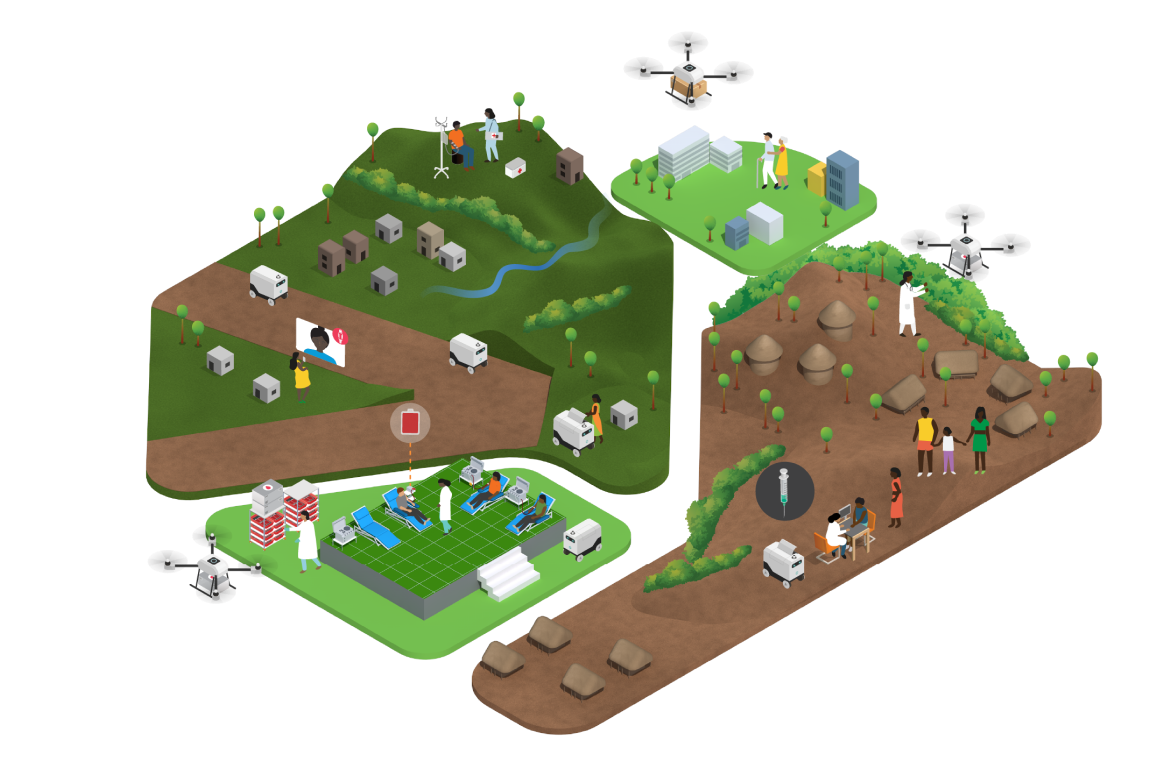
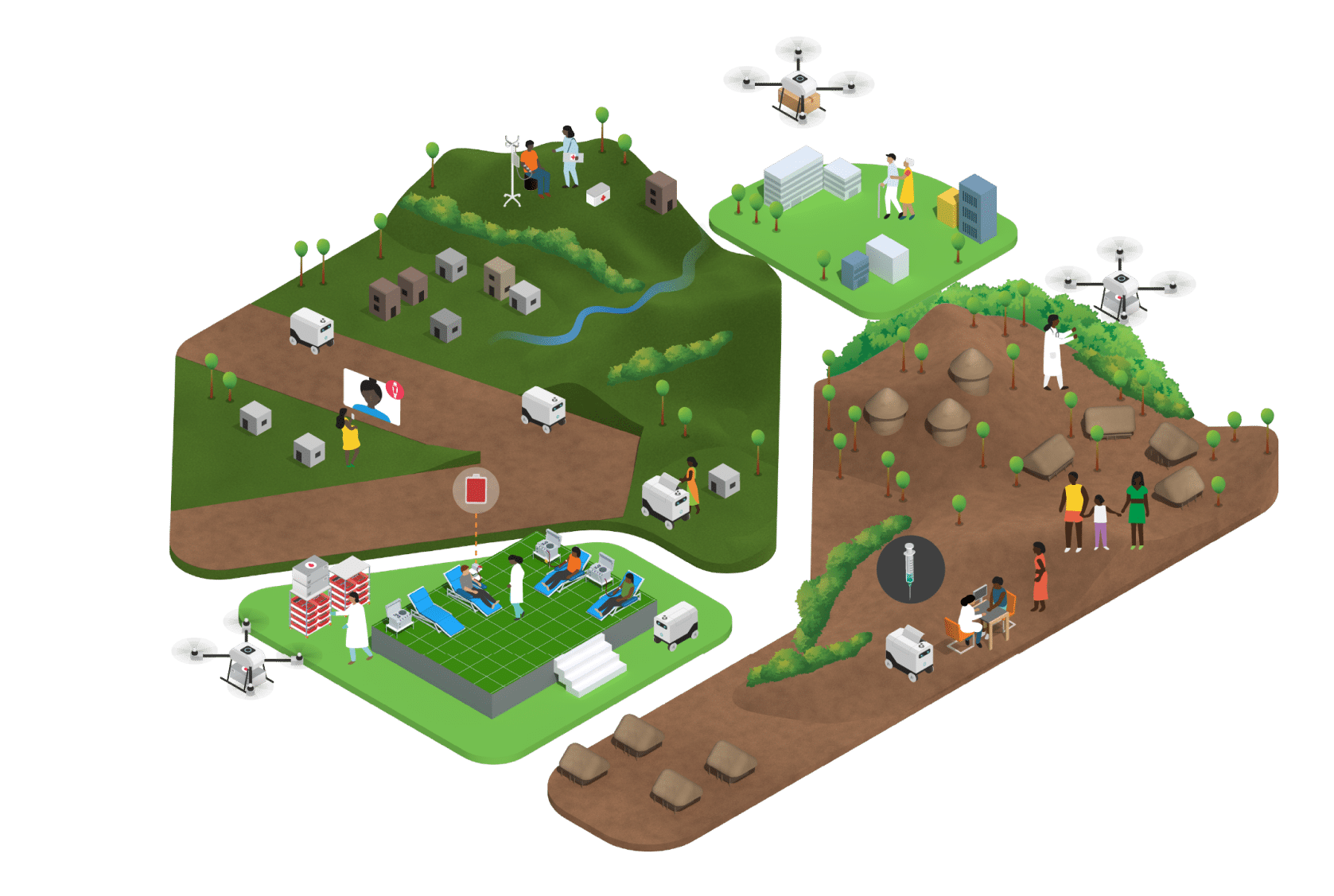
Fostering innovation capacity is about learning to generate, test and scale up novel ideas, processes, products or services that create value.
It requires supportive, diverse and inclusive environments. Innovation cultures embrace challenges as opportunities to design ground-breaking sustainable solutions.
“Without innovation, we cannot overcome the challenges of our time. What is important is to ensure that innovation works for all and not only for a few.”

Developed by the UN, for the UN, the UN Innovation Toolkit includes 21 tools, step-by-step directions, worksheets, case studies, references as well as a self-assessment to assess strengths and areas for improvement.
The UN Innovation Network (UNIN) is an informal, collaborative community of UN innovators from across the United Nations. UNIN is open to all UN Entities as well as external partners.
How UN leadership, colleagues and youth from across the globe are getting inspired by and sparking action around UN 2.0
What is inspiring about UN 2.0 is the potential to create a more inclusive and equitable global governance system that reflects the needs and interests of all nations and peoples. By leveraging new technologies, innovative partnerships, and evidence-based policies, UN 2.0 could bring about transformative change and ensure a better future for all.
What is inspiring about UN 2.0 is the potential to create a more inclusive and equitable global governance system that reflects the needs and interests of all nations and peoples. By leveraging new technologies, innovative partnerships, and evidence-based policies, UN 2.0 could bring about transformative change and ensure a better future for all.
UN 2.0 is a bold evolution, embracing innovation and foresight, turning risks into opportunities, and championing Member States’ aspiration.
UN 2.0 is a bold evolution, embracing innovation and foresight, turning risks into opportunities, and championing Member States’ aspiration.
Innovation provides an essential component to advance national capacity, giving countries the tools to build a healthier world. The dynamics of UN 2.0 provide a solid evidence base to target information for action, creating a safer, more sustainable future for people everywhere.
Innovation provides an essential component to advance national capacity, giving countries the tools to build a healthier world. The dynamics of UN 2.0 provide a solid evidence base to target information for action, creating a safer, more sustainable future for people everywhere.
Delivering for the UN and those we serve is only possible through accelerating innovation – we must embrace new ideas, analytical thinking, and strategic foresight to increase our impact.
Delivering for the UN and those we serve is only possible through accelerating innovation – we must embrace new ideas, analytical thinking, and strategic foresight to increase our impact.
One of the most inspiring aspects of the UN 2.0 concept is the potential for greater collaboration and participation from diverse stakeholders, including civil society, the private sector, and local communities. UN 2.0 envisions a more inclusive and bottom-up approach to decision-making, where a wider range of voices and perspectives can be heard and integrated into global policy discussions. This could lead to more innovative and effective solutions to complex global challenges, as well as greater ownership and buy-in from stakeholders at the local level. Additionally, UN 2.0 proposes the use of emerging technologies such as blockchain, AI, and machine learning to enhance the UN’s capacity for data analysis, monitoring, and evaluation, leading to more evidence-based decision-making and better outcomes for people around the world.
One of the most inspiring aspects of the UN 2.0 concept is the potential for greater collaboration and participation from diverse stakeholders, including civil society, the private sector, and local communities. UN 2.0 envisions a more inclusive and bottom-up approach to decision-making, where a wider range of voices and perspectives can be heard and integrated into global policy discussions. This could lead to more innovative and effective solutions to complex global challenges, as well as greater ownership and buy-in from stakeholders at the local level. Additionally, UN 2.0 proposes the use of emerging technologies such as blockchain, AI, and machine learning to enhance the UN’s capacity for data analysis, monitoring, and evaluation, leading to more evidence-based decision-making and better outcomes for people around the world.
Innovation is the key to amplifying our impact on the lives of those we serve. By embracing innovative methodologies such as Human-Centered Design and Design Thinking, we harness the power of empathy and creativity to reshape the future of humanitarian and development efforts. UN 2.0 symbolizes our commitment to pioneering approaches that will transform the world for the better.
Innovation is the key to amplifying our impact on the lives of those we serve. By embracing innovative methodologies such as Human-Centered Design and Design Thinking, we harness the power of empathy and creativity to reshape the future of humanitarian and development efforts. UN 2.0 symbolizes our commitment to pioneering approaches that will transform the world for the better.
UNIDO is fit for the future with UN 2.0 underlying our efforts: driven by innovation, digitalization and the power of data, we provide concrete solutions to global challenges for current and future generations.
UNIDO is fit for the future with UN 2.0 underlying our efforts: driven by innovation, digitalization and the power of data, we provide concrete solutions to global challenges for current and future generations.
As a young person, and someone growing up surrounded by technology and innovation, UN 2.0 inspires me because it is the UN of the future – it is the UN that will incorporate science, innovation and technology into its frameworks, and thus make it more accessible to young people like me coming of age in a society saturated with digital information.
As a young person, and someone growing up surrounded by technology and innovation, UN 2.0 inspires me because it is the UN of the future – it is the UN that will incorporate science, innovation and technology into its frameworks, and thus make it more accessible to young people like me coming of age in a society saturated with digital information.
For IFAD, the most important innovations are those that impact rural poor people directly. IFAD fully subscribes to the principles and objectives of the UN Quintet of Change in our efforts to leverage on learning, strategic partnerships, digitalization and the implementation of sustainable tools and guidelines to support solutions that can deliver more equitable, better and greater impact for rural poor people.
For IFAD, the most important innovations are those that impact rural poor people directly. IFAD fully subscribes to the principles and objectives of the UN Quintet of Change in our efforts to leverage on learning, strategic partnerships, digitalization and the implementation of sustainable tools and guidelines to support solutions that can deliver more equitable, better and greater impact for rural poor people.
UN 2.0 for me is the best version of SDG achievements around the world with sophisticated tools and policies.
UN 2.0 for me is the best version of SDG achievements around the world with sophisticated tools and policies.
UN 2.0 is about leveraging our connections across the globe, with teams and projects active in over 160 countries. Click on the map to learn more.
The location indicators on this map are illustrative and do not necessarily show where entities are based. The depiction and use of boundaries, geographic names and related data shown on maps are not guaranteed to be error free, nor do they imply official endorsement or acceptance by the United Nations.

Florence 2.0 is a WHO developed digital human chatbot that can provide guidance on healthier lifestyle and mental health with topics such as stress management, how to eat right, be more active, quite tobacco, and vaccines.
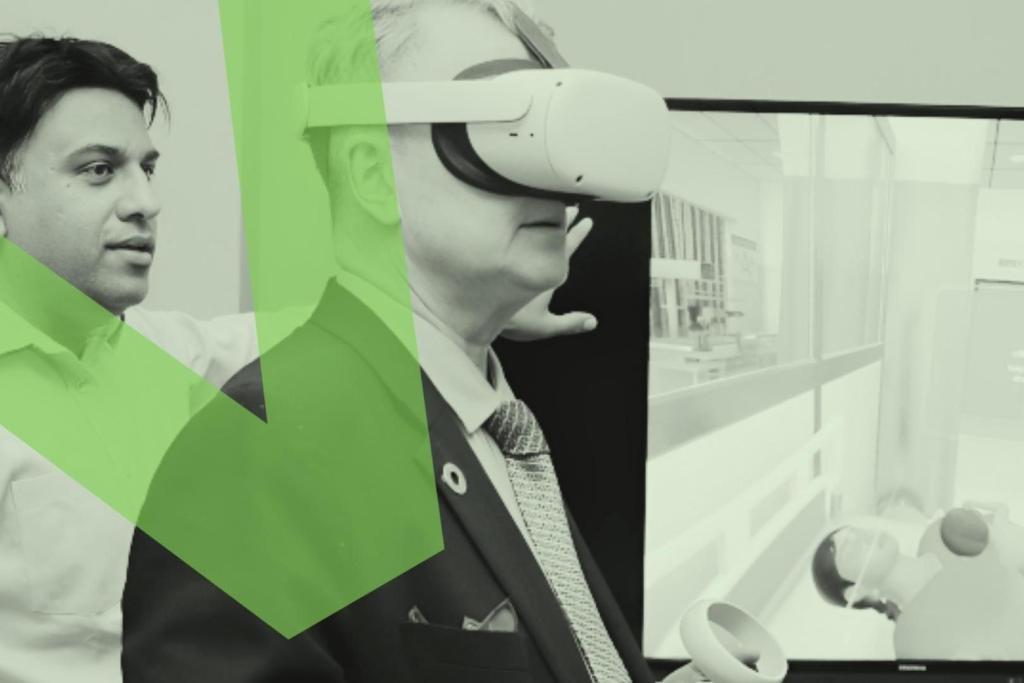
To address the midwife crisis of care, UNFPA has developed trainings for midwives on management of labour and complications using virtual reality clinical environments and simulations.

UNFPA uses WFP’s ‘Building Blocks’ to boost menstrual hygiene access. Mobile app transactions on the blockchain impact 3K+ women, with >50% increase in sanitary pads redemption.
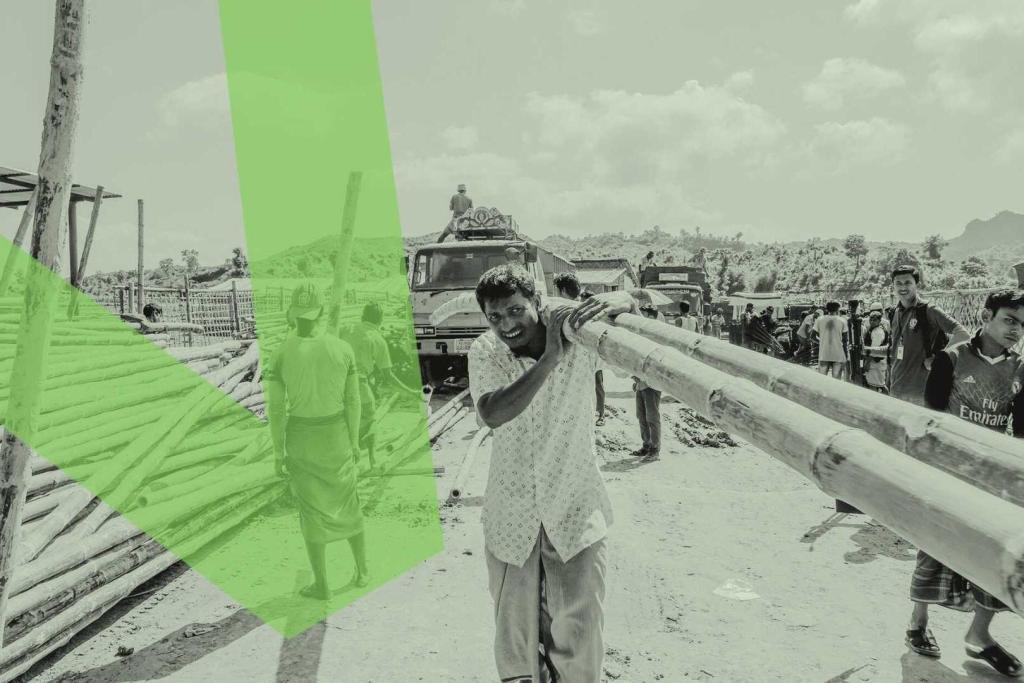
The IOM’s Bamboo Treatment Facility transforms locally abundant bamboo into long-lasting, eco-friendly shelters for Rohingya refugees, creating a pioneering blueprint for sustainable crisis response.

Data intelligence healthcare tool for early detection of kidney disease through analysis of IGSS beneficiaries’ health data.

UNHCR project provides reliable internet access to refugee communities.

The UN Innovation Toolkit includes twenty-one tools, step-by-step directions, worksheets, case studies, references and a 27-question innovation readiness assessment – helping the UN to make innovative thinking the new normal.
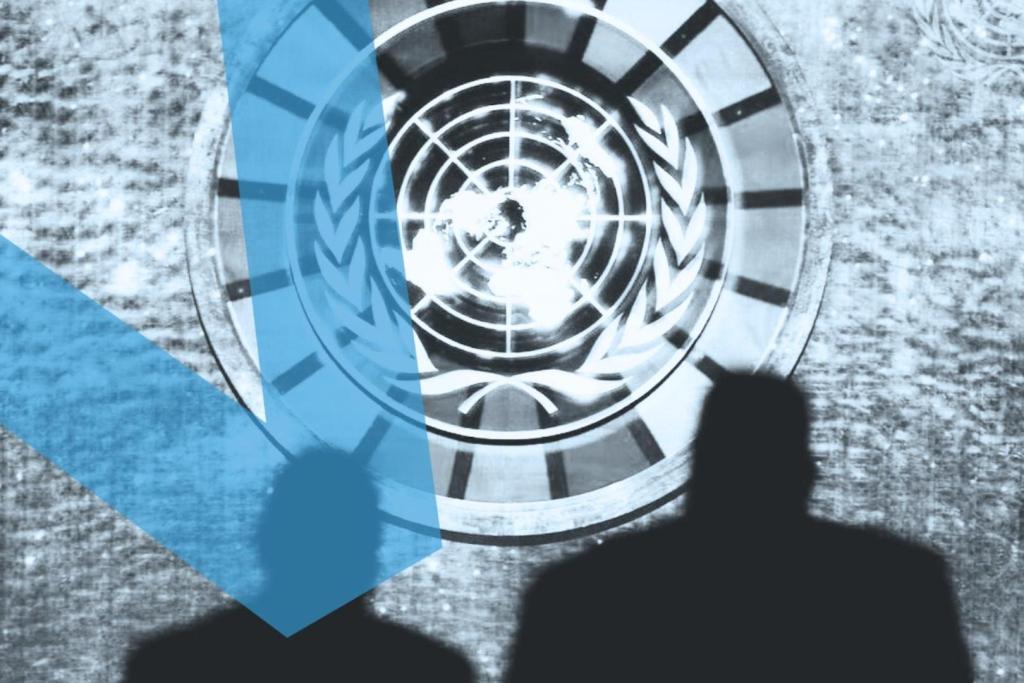
WFP’s strategic foresight work in Tanzania resulted in the development of the WFP-X Moonshot Toolkit, applying design-thinking methodologies to design solutions for societal problems in collaboration with local Tanzanian innovators.

The 5D Innovation Framework provides a structured approach to identifying, selecting, and developing innovative ideas/solutions that align with UNICEF’s mission&goals and have the potential to generate the most significant impact.

The goal of IFAD’s innovation strategy is to ensure that innovation is systematically and effectively mainstreamed in IFAD processes and in its practice in country programmes.

With the aim of realizing the priorities of Innovation & digital transformation and Investment & entrepreneurship, WTO developed a Strategy on Innovation, Investment and Digital Transformation.
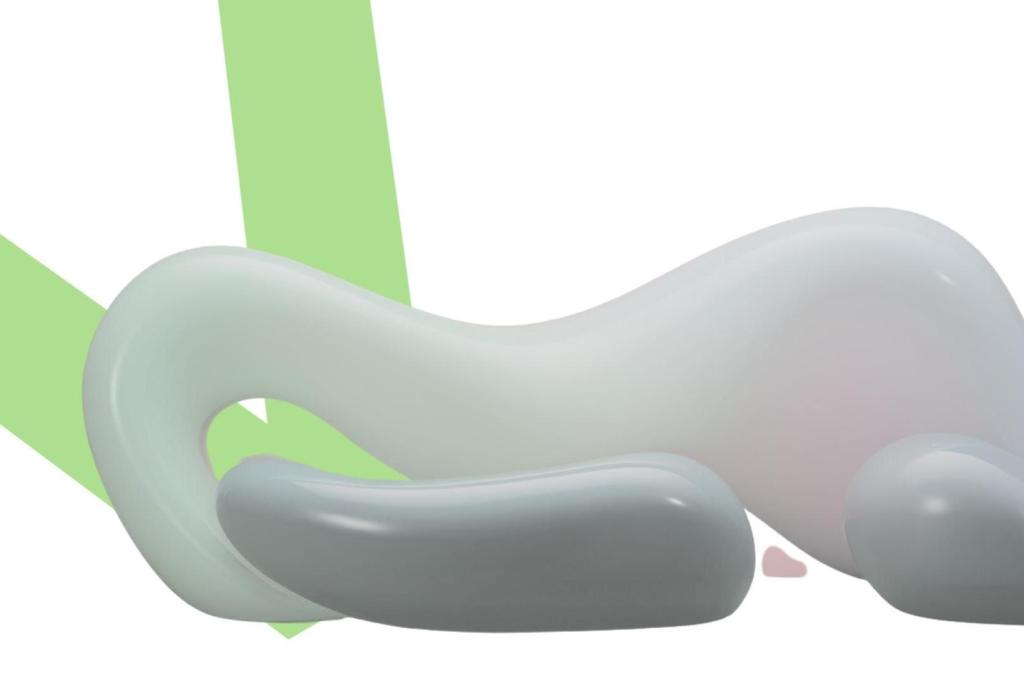
Unstuck is an exploration journey of the UNDP that brings together public institutions, governments, investors, private companies and independent teams to work together on system and portfolio approaches to 21st-century crises.
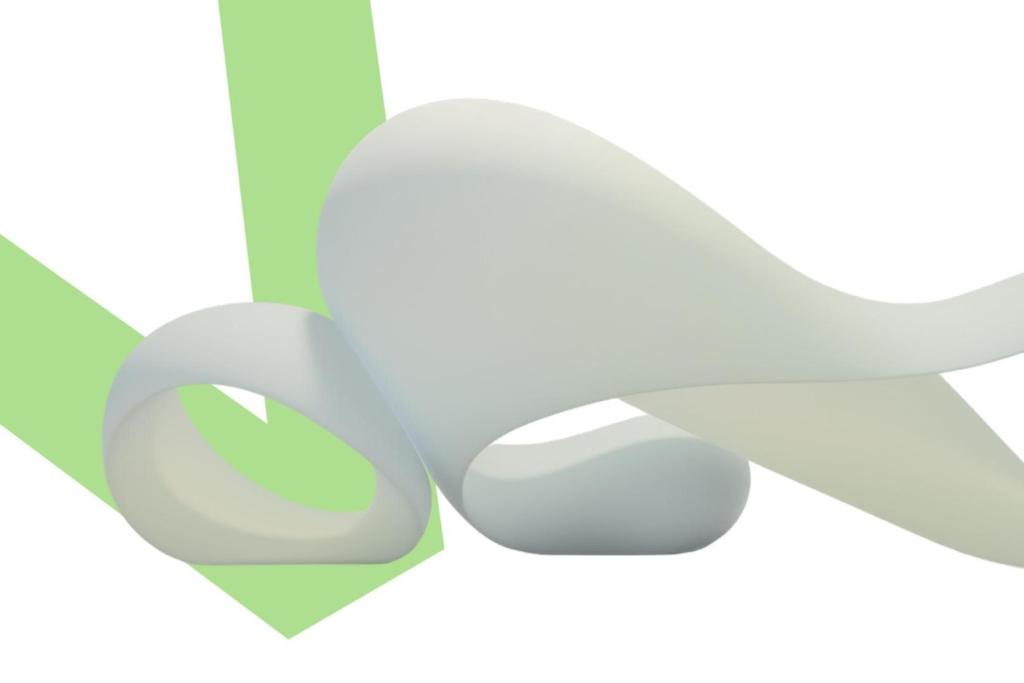
UNOV/UNODC strives to be an agile strategic partner, aiming to employ strategic foresight, innovation, data science, digital transformation, and behavioural science to ensure delivery today and in the future.
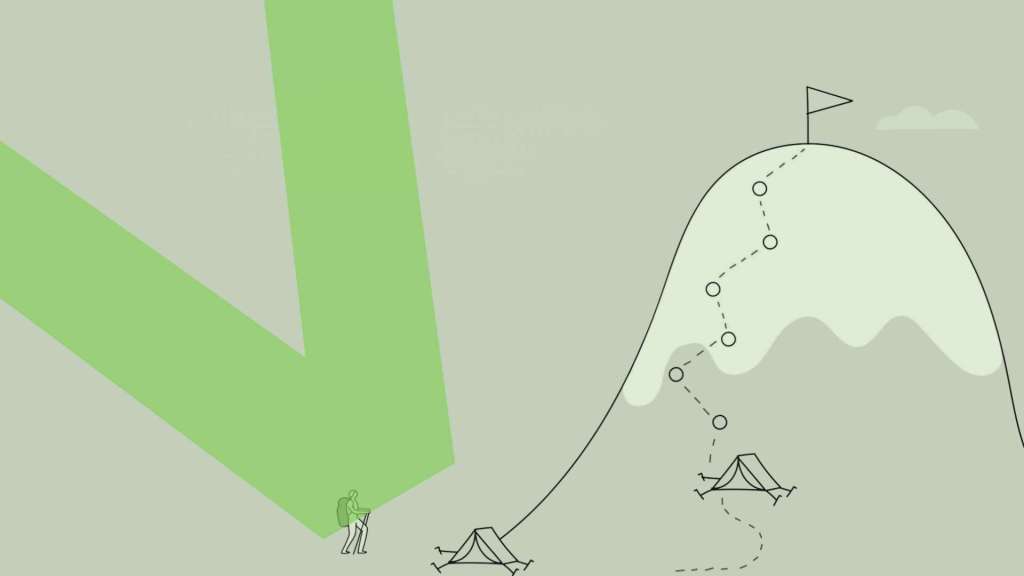
To support the UN 2.0 vision, “Scaling the Summit: A primer on how to scale innovations for impact for the UN System” by UN Global Pulse guides conversations around priming innovations for scale to unlock their full potential in addressing global needs.

FAO’s Science and Innovation Strategy aims to boost global food systems by leveraging science and innovation, fostering evidence-based decision-making, and reinforcing FAO’s capacities.

The Rural Solutions Portal is a web-based knowledge-sharing platform that collects rural development solutions. These are innovations, technologies, processes and methodologies for the rural world.
Make innovation approaches integral to UN programmes, identify promising solutions and help with scale-up and assist member states to build national innovation ecosystems.
Develop a diversified portfolio approach to innovation, strengthen methods along the value chain, leverage technology and prioritize high-impact innovations, while ensuring their sustainability.
Empower teams by fostering experimentation-friendly cultures, provide access to training and networks, engage all UN leadership, build partnerships beyond the UN, integrate new technologies, and develop new metrics.
We use cookies and other identifiers to help improve your online experience. By using our website, you agree to this. To learn more, including how to change our settings, see our cookie policy.